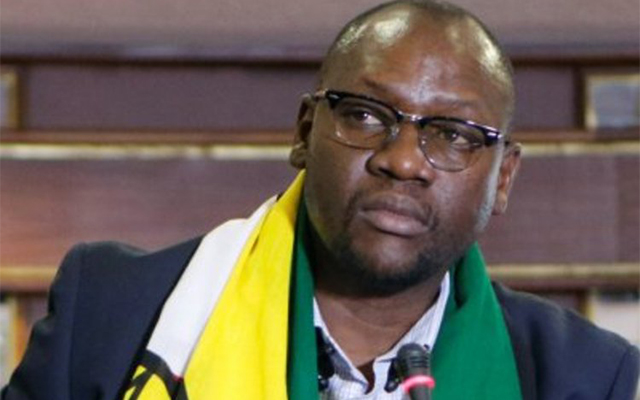Zim leads prevention agenda in ESA region

Paidamoyo Chipunza in DURBAN, South Africa
Ministers of Health from East and Southern Africa (ESA) have committed themselves to revitalise strategies to prevent the further spread of HIV amid revelations that current programming focuses more on treatment.
The ministers made this and other commitments during a meeting on revitalising HIV prevention organised by the Government of Zimbabwe on the sidelines of the 21st International Conference on Aids underway in Durban, South Africa.
The ministers also said there was need for increased investment in HIV prevention, especially for key populations at the local level.
In an interview after the meeting, Health and Child Care Minister Dr David Parirenyatwa, who is leading the prevention agenda in the region said, focus on treatment and complacency on prevention resulted in increased numbers of new HIV infections.
“What we have said is that, we have forgotten about prevention.
“We are concentrating too much on treatment.
“We are saying let’s continue to concentrate on treatment but, at the element of prevention in a very strong manner and we are saying we want to revitalise the issue of prevention to make it more alive,” said Dr Parirenyatwa.
He said while the world was looking at increasing the number of people who know their status to at least 90 percent, put at least 90 percent of all those HIV positive on treatment and have at least 90 percent of those on treatment’s viral load suppressed to undetectable levels by the year 2020, popularly known as the 90-90-90 targets, focus should also be on preventing of new infections.
“There is no 90 for prevention, so Zimbabwe is saying add another 90 which makes it 90-90-90-90, and to do that, we need to close the new infections. That is why our slogan is, close the tap of new infections,” said Dr Parirenyatwa.
He said there was therefore need to establish where the new infections were coming from to effectively close the tap.
Dr Parirenyatwa said the ESA Health Ministers have roped in the experts from UNAIDS and UNFPA to assist with drafting of key indicators that would be used to measure countries’ prevention strategies.
National Aids Council operations director Mr Raymond Yekeye said his organisation increased funding for prevention strategies at country level in support of the ESA prevention agenda.
He said NAC is now allocating 20 percent of the Aids levy towards prevention programmes up from the previous 10 percent.
“As a country, we have already started the process of implementing the revitalisation roadmap as agreed at regional level. What we have done as a country is to come up with our own roadmap in terms of revitalising HIV prevention,” said Mr Yekeye.
“The NAC board made adjustments to its allocations.
“Previously, we were allocating about 10 percent to HIV prevention, and that has been increased to about 20 percent in terms of HIV resources coming from the Trust Fund.
“Most of that money has been channelled towards district level interventions prioritised by the districts themselves.”
He said NAC was also working with populations that are at high risk of contracting HIV to generate demand for these prevention interventions.
Mr Yekeyeke said the priority groups were young girls and adolescents, prisoners, commercial sex workers and long distant truck drivers.
Regional experts on HIV prevention from United Nations agencies and representatives from civil society attended the meeting.











Comments